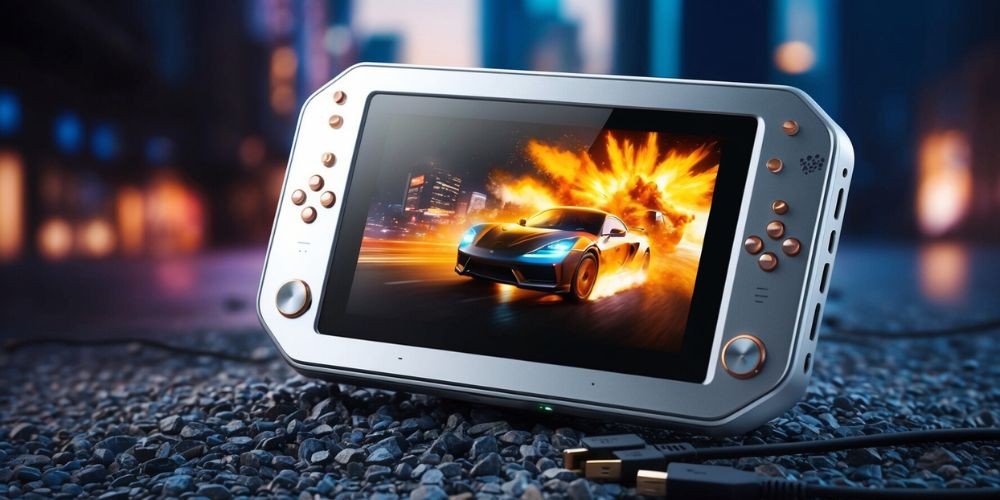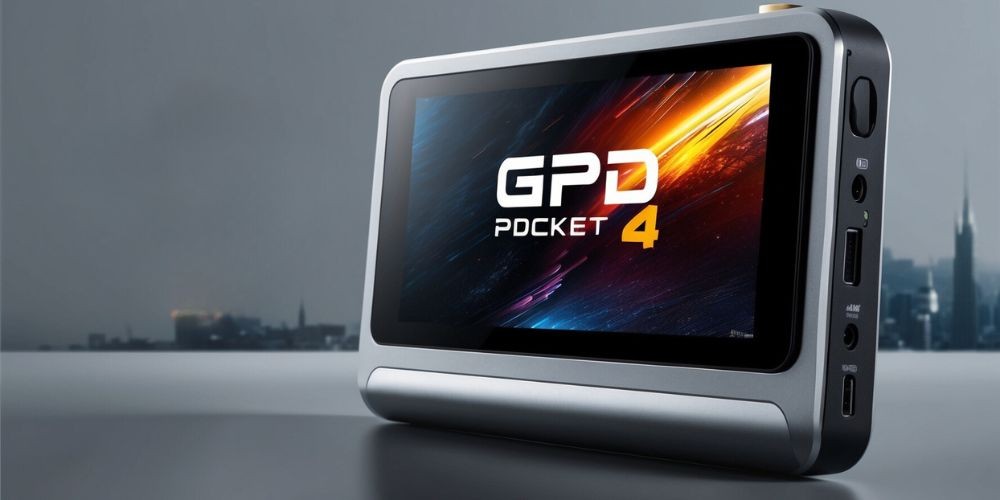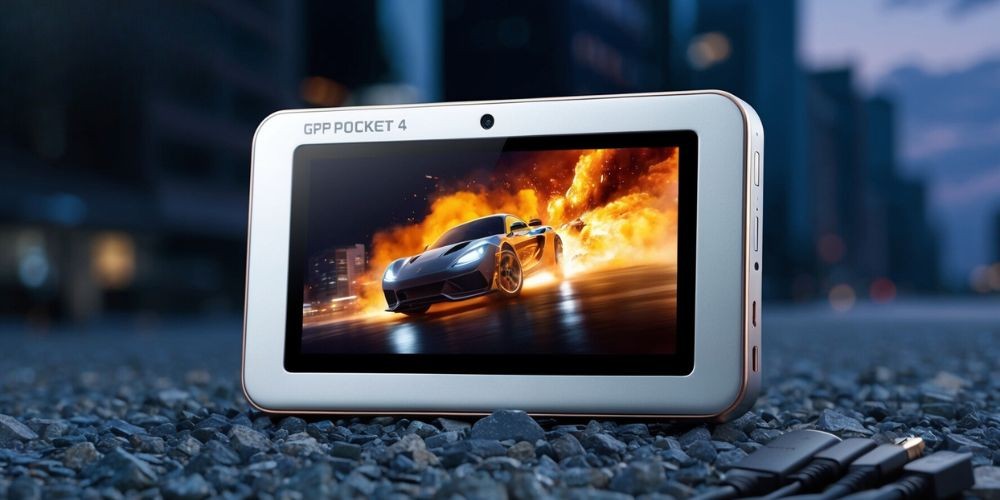In a technological landscape that constantly evolves, GPD has made a significant leap forward with the introduction of its latest innovation: the Pocket 4. Equipped with cutting-edge specifications, this handheld PC is powered by AMD's Ryzen AI 300 "Strix," setting a new standard for portable gaming and multi-functional computing devices. This article explores the remarkable features, performance benchmarks, and opportunities offered by the GPD Pocket 4, illustrating why it is a noteworthy addition to the world of handheld computing.
Introduction to the GPD Pocket 4

The GPD Pocket 4 heralds a new era for handheld devices, presenting itself not merely as a gaming console but as a versatile AI PC that caters to a range of user needs. Housing AMD's latest Ryzen AI 300 "Strix" APU, this device merges portability with remarkable power, making it an enticing option for enthusiasts and casual users alike. The compact form factor is designed for those who refuse to sacrifice performance for size, and the specifications reflect this ambition.
Specifications Overview
At the heart of the GPD Pocket 4 is the AMD Ryzen AI 9 HX 370 processor. This powerful APU boasts 12 cores based on the advanced Zen 5 architecture, fueled by 16 graphics cores utilizing RDNA 3.5 technology. Incredibly, it features a Neural Processing Unit (NPU) rated for 50 TOPS, making it one of the fastest "AI PC" systems available in the market.
The device supports up to 64 GB of LPDDR5-7500 RAM and offers a Gen4x4 M.2 slot for storage options reaching up to a generous 4 TB capacity. Displaying technical prowess, the handheld boasts an 8.8-inch IPS panel that supports a WQXGA resolution of 2560x1600 at a dazzling refresh rate of up to 144Hz, promising an immersive viewing experience with a pixel density of 343 PPI.

Key Specifications
- Screen Size: 8.8 inches, 144Hz, 2560 × 1600 (WQXGA)
- CPU: AMD Ryzen AI 9 HX 370
- GPU: AMD Radeon 890M
- DDR: LPDDR5x 7500 MT/s
- SSD: Available in 2TB or 4TB M.2 NVMe
- Stylus: Active Pen with 4096-level Pressure Sensitivity
Innovative Design Features
The GPD Pocket 4 is designed with versatility in mind. The display supports a remarkable 180-degree rotation and can be laid completely flat, accommodating various use cases, from high-performance gaming to casual browsing or productivity applications. The touchscreen functionality enhances interactivity, making it a robust PC solution that stands out in its field.

In addition to its impressive screen, the device comes equipped with a QWERTY keyboard with backlighting and a dedicated power button, optimizing user comfort and accessibility. A precision touchpad and three-button mouse pad further enhance its usability, making it suitable for tasks that require fine control.
Connectivity and Expansion
GPD ensures that the Pocket 4 caters to all potential user needs through extensive connectivity options. The device includes a USB4 port, an HDMI 2.1 port, and various USB 3.2 Gen2 and USB 2.0 ports, ensuring seamless connectivity with a range of peripherals. Additionally, a 2.5GbE LAN port facilitates high-speed wired connections for reliable internet access.
The handheld also supports expansion modules, including KVM control, 4G LTE SIM modules, and a microSD card reader. This grants users the flexibility to tailor their setups according to specific needs, whether for gaming, work, or entertainment.
Performance Benchmarks
GPD has shared impressive performance metrics for the Pocket 4, particularly in comparative single-core performance tests. Benchmark results show that the CPU outperforms even the Ryzen 9 7950X in this regard. Additionally, a thorough graphic performance analysis between the Radeon 890M and Intel's Arc 140V (within the Core Ultra 7 268V) showcased that the Radeon component presents superior performance in gaming metrics, which is critical for this handheld’s appeal.

The evaluations employed a 45W TDP for both graphics components, with results showing a noteworthy 6% performance increase when using the Radeon chip in the GPD Duo (a different model). Although these tests indicated improvements, it's essential to note that benchmarks released earlier noted the APU running at 54W TDP, hence the revision in performance metrics was expected. Despite this recalibration, the graphics performance remains compelling.
Supply and Availability Challenges
As exciting as the GPD Pocket 4 is, the market currently faces challenges in supply. AMD's Ryzen AI 300 "Strix" APUs are in limited availability, making it difficult for various manufacturers to integrate these cutting-edge chips into their products. This scarcity has raised some eyebrows, particularly as the next-generation Lunar Lake products are anticipated to launch soon.
Industry insiders suggest that GPD may have secured early access to these silicon samples, allowing them to showcase performance data ahead of competitors. As we await details on definitive release dates and pricing, the anticipation around the Pocket 4 suggests strong interest among consumers eager to experience this groundbreaking technology.
Conclusion and Future Expectations

The GPD Pocket 4 represents a significant advancement in portable computing, merging high-performance capability with compact design. While it has yet to hit the market definitively, the insights shared thus far hint at a product that could set new benchmarks in the handheld device landscape. The combination of sophisticated hardware, impressive specifications, and extensive connectivity options makes it a prime choice for gamers and general users alike.
As further details about pricing and availability surface, it will be vital to monitor GPD's progress in bringing this innovative device to consumers, generating excitement for what could very well be the future of handheld computing.

Leave a comment
Your comment is awaiting moderation. We save your draft here
0 Comments